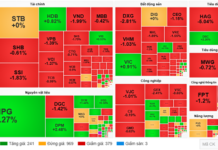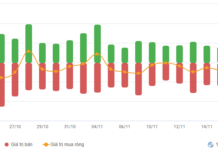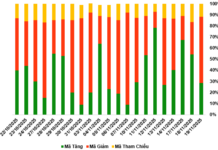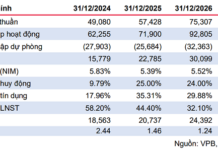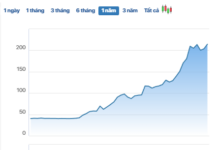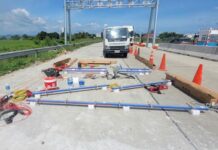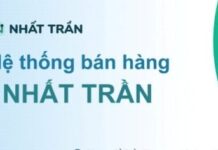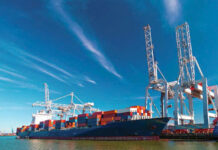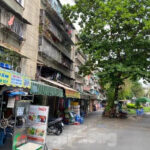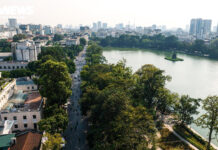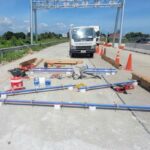According to the Ho Chi Minh City Land Fund Development Center, from 2026 to 2030, leveraging land resources must be a cornerstone of the city’s medium-term financial and investment plan. The center will implement four key solutions to mobilize budget resources, including auctioning 85 land plots covering approximately 435 hectares, expected to generate over 100 trillion VND for the budget.
The agency recommends the city promptly adopt special mechanisms for auctioning and managing public land post-merger, streamlining valuation, auctioning, and revenue allocation. Additionally, increasing the allocation of public land auction revenue for infrastructure development in suburban areas and newly formed satellite cities is essential.
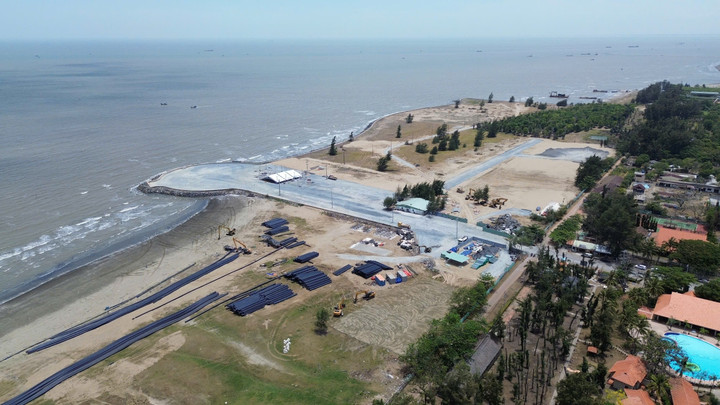
For the first time, Ho Chi Minh City met its budget target within 10 months, with land-related revenue soaring by over 366% year-on-year. (Illustrative image)
To boost land revenue, the Ho Chi Minh City Institute for Development Studies suggests addressing existing issues in public land auctions.
The city should accelerate the application of investor selection tenders for state-managed land plots, complying with Resolution 98, to shorten implementation timelines. These methods bypass the need for asset rearrangement and handling under public asset management laws, expediting budget capital recovery and revenue growth.
Urgent adjustments to the 2026-2030 Ho Chi Minh City planning are also necessary to provide a legal basis for land allocation and auctions.
Macr Robinson, fiscal policy and public investment advisor at the World Bank, emphasizes that Ho Chi Minh City must optimize land revenue to fund public investment projects, improving roads, bridges, and infrastructure. Effective mechanisms are crucial to capture the increased land value resulting from these infrastructure projects.
To secure future land revenue, the Department of Agriculture and Environment proposes annual land price tables starting in 2026, a fundamental shift under the 2024 Land Law, replacing the land price framework to align state land prices with market rates.
With standardized land pricing, revenue from taxes, fees, land use levies, and rentals will naturally increase without distorting the market.
Flexible application of the 2024 Land Law’s valuation methods, particularly the surplus method, will accurately reflect post-infrastructure investment land values.
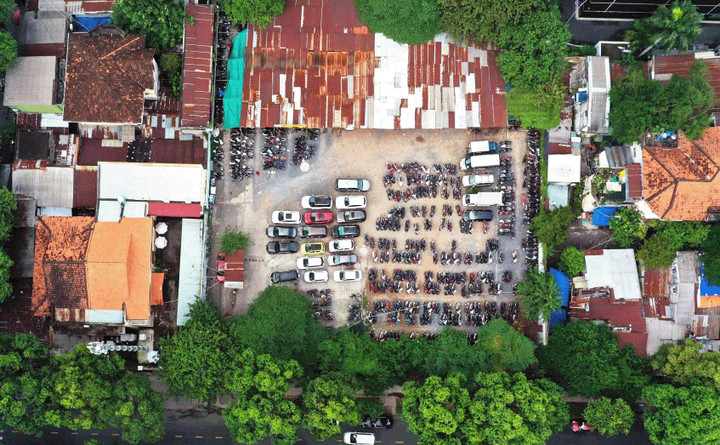
Ho Chi Minh City aims to raise over 100 trillion VND from auctioning 85 land plots between 2026 and 2030. (Illustrative image)
The department also urges the city to explore models for capturing land value increments, particularly Transit-Oriented Development (TOD). Strengthening the Land Fund Development Organization’s capacity is vital for creating clean land funds ready for auctions and investor selection tenders.
Alongside revenue enhancement, addressing compensation, support, and resettlement is critical. Improving resettlement conditions fosters public agreement, expedites major infrastructure projects, and ensures sustainable land revenue for medium-term public investment plans.
With effective strategies, land revenue from 2026 to 2030 could reach 500 trillion VND, a key resource for modern infrastructure development, driving sustainable growth in the region for decades.
The Ho Chi Minh City Department of Construction reports managing a substantial public asset portfolio, including 4,982 apartments and land plots for resettlement in key projects. Recent years have seen impressive growth in budget revenue from resettlement apartment sales, highlighting this resource’s potential.
Deputy Chairman of the Ho Chi Minh City People’s Committee, Nguyen Van Dung, announced the city’s successful completion of the 2025 budget targets set by the Government and City Council. The city aims for a 25% increase in the assigned targets.
By year-end, the city targets a budget collection of approximately 800 trillion VND.
To achieve this ambitious goal, Deputy Chairman Nguyen Van Dung instructed the Ho Chi Minh City Tax Department to review revenue sources and tax types, ensuring compliance and supporting business growth. Close coordination with the Department of Agriculture and Environment is essential to maximize land revenue.
According to the Ho Chi Minh City Tax Department, total local budget revenue reached 657.154 trillion VND. Land-related revenue surged by 366.7% year-on-year.
Notable high-revenue projects include the Can Gio Coastal Urban Area (27.317 trillion VND), Thu Thiem Eco Smart City (16.190 trillion VND), and the Thu Thiem Observation Tower Complex (5.300 trillion VND).
The Department of Agriculture and Environment reports that in the past 10 months, the city valued 62 projects, with expected revenue exceeding 64.2 trillion VND, over 80% from central areas.
The city is accelerating the auction of 3 Thu Thiem land plots and nearly 3,800 apartments, with 7 additional land plots expected to generate around 23 trillion VND.
Ho Chi Minh City Real Estate Boom: Flood of Listings, But Crowded Market Doesn’t Guarantee Sales
As the year draws to a close, the real estate market enters its peak season, unsurprisingly flooding the scene with a wave of new projects. Yet, in an era where savvy buyers reign supreme, a bustling marketplace no longer guarantees sales success.
Revitalizing Ho Chi Minh City: 19 Aging Apartments Slated for Redevelopment, Investors Sought
The following residential buildings, which have been deemed unsafe following inspections, are slated for relocation: 47 Long Hưng, 40/1 Tân Phước, 170-171 Tân Châu Street, 155-157 Bùi Viện Street, 11 Võ Văn Tần Street, Trúc Giang, Vĩnh Hội, Tôn Thất Thuyết, and Hoàng Diệu. However, the demolition process for these properties remains incomplete.
Vietnam’s TOD Urban Revolution: Unlocking the Potential of Next-Gen Megacities
The Transit-Oriented Development (TOD) model is an essential strategy for creating modern, sustainable living spaces and addressing land scarcity in major urban areas, particularly in Ho Chi Minh City. By integrating urban development with public transportation, TOD fosters efficient land use, reduces congestion, and enhances quality of life, making it a cornerstone for future-proof cities.

